Often we don’t realize the treasures we have nearby when we’re at the beach, sunbathing or swimming. One of the most obvious cases in this respect are S’Argamassa and nearby Sa Trenca Beach (also known as Cala Martina). Both were named after a rudimentary aqueduct that was once part of an ancient fish farm and a rural seafaring settlement. Some parts of the site date back to the Late Punic period, while others are as recent as the High and Low Roman Empire and the Byzantine Empire. The aqueduct is about half a kilometer long and stretches from the interior to the sea, passing right beside a hotel that retains its name.
For a long time it was thought to be a ditch used to drain the Sant Carles mines after a flood in the late 19th century, but in fact the ruins are a lot older. This whole stretch of coastline is dotted with rocks that were once part of the aqueduct, as evidenced by the part of the canal that cuts across them from side to side. It’s obvious that, over the past 2,000 years or so, the sea has engulfed much of the aqueduct.
One of the most intriguing place names in the area is Ses Cambres, which today is located on the opposite side of the coast from nearby Punta d’Arabí. However, it is quite likely that this is a case of toponymic transfer. It’s quite common for place names to change places once the local inhabitants are no longer aware of the name’s original meaning, as is the case with Es Castellar, on the southern end of Cala Llonga. In this case, Ses Cambres could well be a name that was transferred from the area around S’Argamassa and Sa Trenca. And what might this cambres (chambers or rooms) refer to? Obviously, it could refer to the interconnected compartments used to farm fish. The entire area around S’Argamassa and Sa Trenca all the way to the island of Santa Eulària in front of the bay is rather shallow. This area was likely used to make natural pools in which to grow fish.
In this case, if the Roman —or Late Punic— ruins can be considered materials, they are in fact linguistic material. This is the place known as Portitxol, formerly called Portitxol de Rubió. It should be noted that the eastern-most corner of the Bay of Portitixol is also known by the same name, in this case Portitxol de Portinatx.
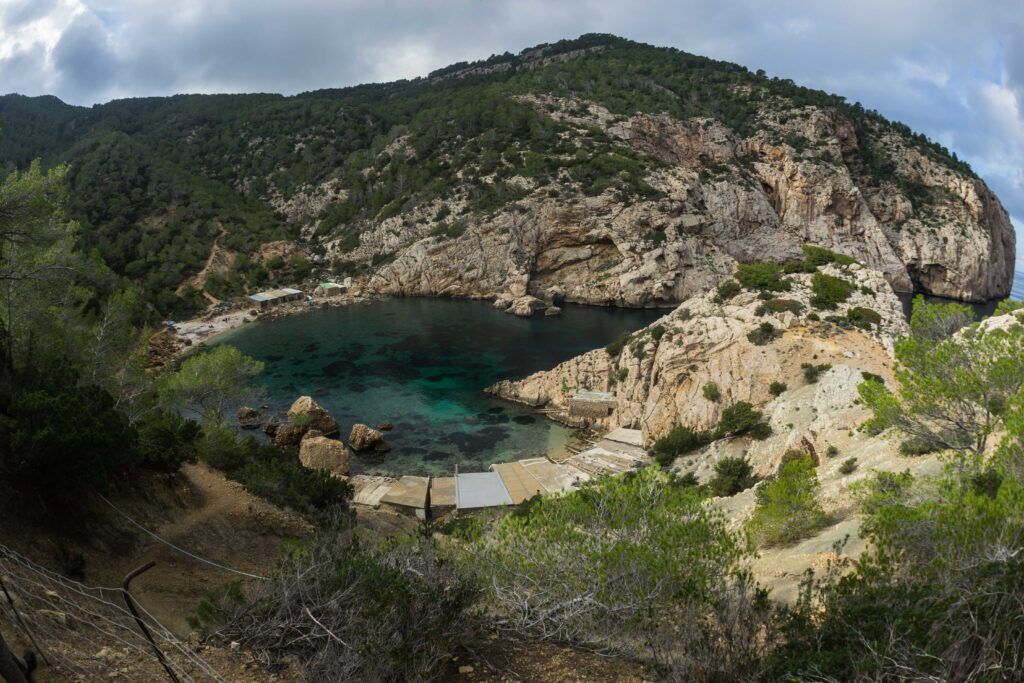
The world portitxol is a derivative of port, with a diminutive that is actually the sum of two diminutive suffixes: -itx + -ol. Prestigious linguists such as Joan Veny and Joan Coromines believe that portitxol, ‘little coastal port,’ is a Mozarabic word that originated in Ibiza.
Today, the idea of Mozarabic influences on the local language has been pretty much discredited because the general consensus, as much as Latin may have been influenced by Arabic, it had already disappeared by the time the Catalonians arrived in the 13th century. Instead of talking about Mozarabisms, we refer to Andalusian Romancisms. Nevertheless, the name does not make the thing. The word portitxol, which is very much Ibizan, may well have been adapted by Catalonian as a survivor of previous linguistic stratum.
When we visit either of these two areas—S’Argamassa or Sa Trenca on the one hand and Portitxol on the other— we should realize that, in addition to the splendid landscape we’re also surrounded by centuries of history. In the first case, we have something that is materially visible in the sea and right next to us; while, in the second place, we have the echo of the toponym, a name that has survived through the centuries to the present day.


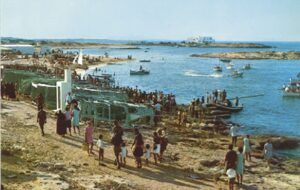
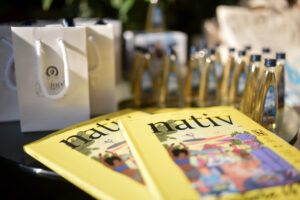


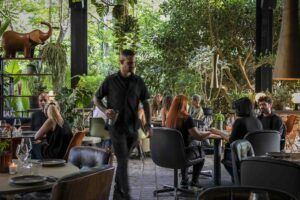
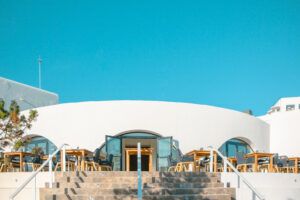

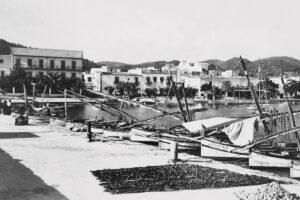


[…] ideal place for those who love sports in the open air and in contact with nature: diving, hiking, swimming, tennis, sailing, surfing, and golf are just a few of the activities waiting to be enjoyed. And […]